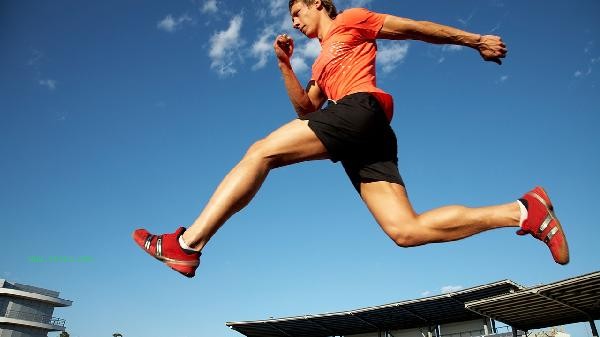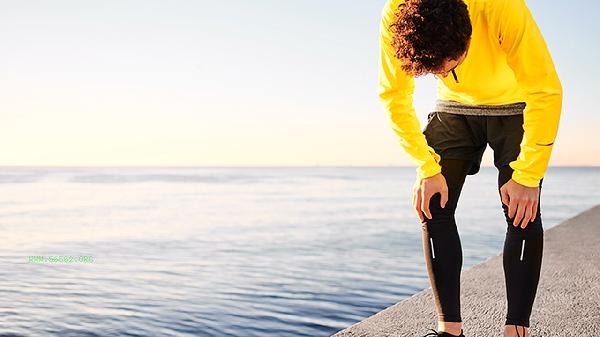It is recommended to choose lightweight racing shoes or short distance spikes for 800 meter running, as these shoes can enhance explosive power and grip. There are five types of running shoes suitable for 800 meters: carbon plate racing shoes, thin soled racing shoes, short distance nail shoes, lightweight training shoes, and versatile running shoes.

1. Carbon board racing shoes
professional racing shoes with built-in carbon fiber board, reducing energy loss through the propulsion board structure, suitable for advanced runners with mid forefoot running style. The sole is usually made of lightweight foam material, with a single weight controlled within 200 grams, but the cushioning performance is relatively weak, requiring strong ankle strength to handle.
2. Thin soled racing shoes
adopt a minimalist design for racing shoes, with a sole thickness usually below 20 millimeters, emphasizing road feedback and ground efficiency. These types of running shoes are suitable for athletes who have a fast pace and pursue ground contact time, but they require high calf muscle strength and need to be gradually adapted for the first use.
3. Sprint spikes
are specialized spikes with 6-8 metal nails on the forefoot, which can maximize track grip and are suitable for professional athletes to use on plastic tracks. Due to the lack of cushioning in spiked shoes, proper sprinting techniques are required, and improper use by regular runners may increase the risk of Achilles tendon injury.

4. Lightweight Training Shoes
Daily training shoes weighing around 250 grams, balancing lightweight and basic cushioning, suitable for runners who have not yet adapted to racing shoes. These types of shoes usually use breathable mesh with EVA midsole, which can meet the needs of speed training and protect the feet more than professional racing shoes.
5. Versatile running shoes
are transitional running shoes that balance speed and protection, suitable for 800 meter testing or competition scenarios. The sole is made of composite material, which not only maintains elasticity but also reduces weight. The upper design focuses on wrapping, making it a better choice for athletes who need to balance multiple training projects. When choosing running shoes, one should consider their own arch type and running technique characteristics. Flat footed runners should prioritize arch support, while high arch runners should pay attention to cushioning performance. During daily training, different shoe styles can be used alternately to adapt to various running postures. Two weeks before the competition, competition shoes should be used regularly for adaptive training. At the same time, attention should be paid to the lifespan of running shoes. Racing shoes usually experience a significant decline in performance after 300-500 kilometers of use, and regular replacement can effectively prevent sports injuries. After running, it is recommended to relax the plantar fascia and use calf stretching exercises to help muscles recover.







Comments (0)
Leave a Comment
No comments yet
Be the first to share your thoughts!